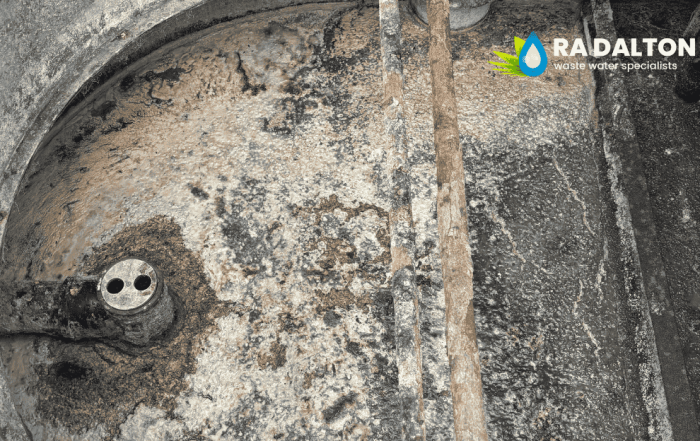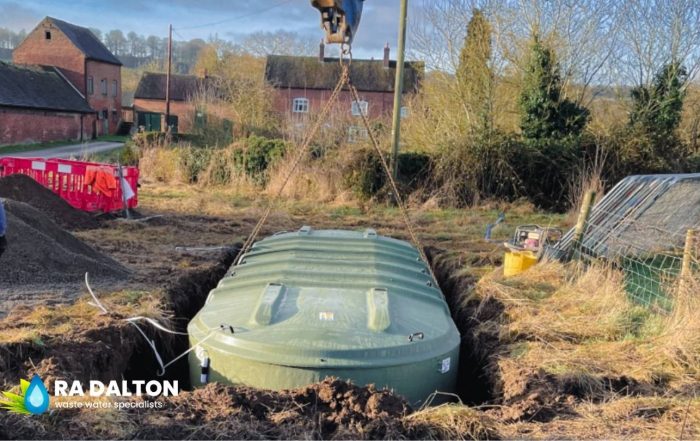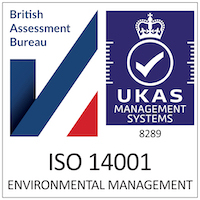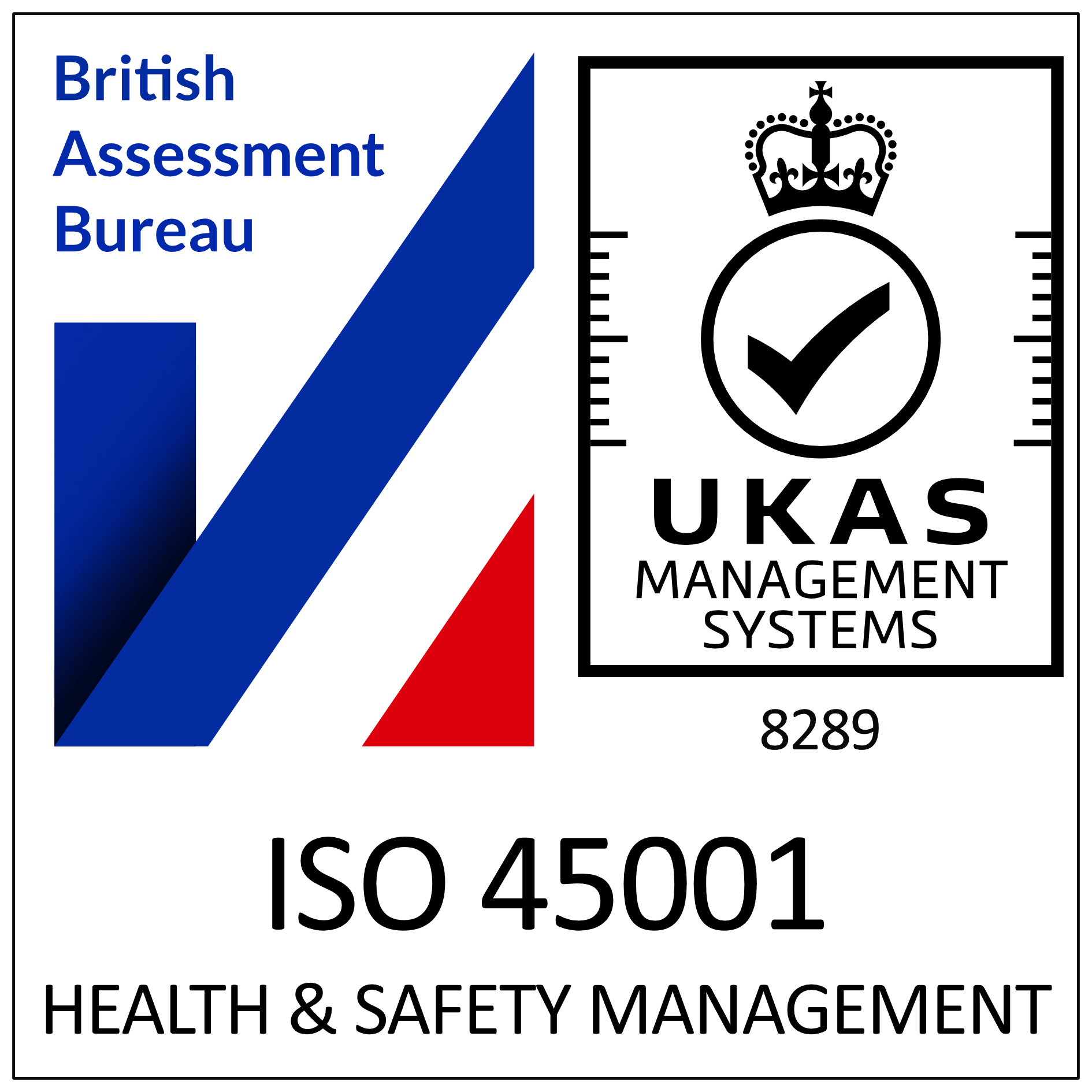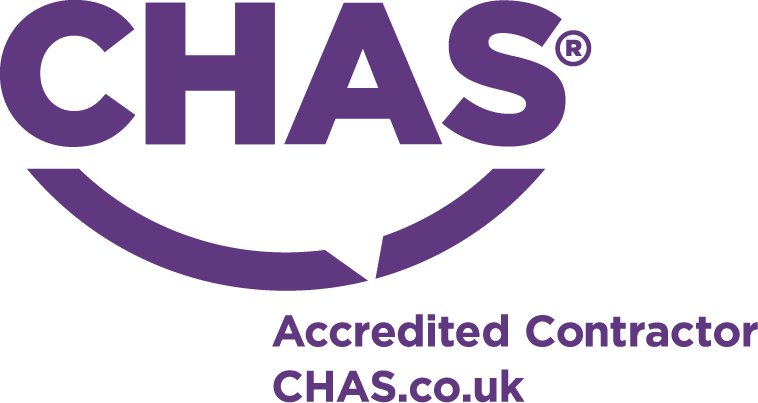RA Dalton Success Stories
RA Dalton Ltd are the Klargester number one accredited installer covering the whole of the UK.
Septic tank compliance check and Dye tests.
The 2020 General Binding Rules have highlighted a number of properties with ageing septic tanks that discharge to a watercourse, in 2015 the Environment Agency brought out new legislation outlining that by January 2020 any property with a septic tank which outfalls to a river, stream, ditch, pond etc would need some variety of modification.
The options suggested were outlined in the legislation to be one of the following:
- Divert the existing outfall drainage to a soakaway to BS 6297:2007 standard (ground conditions and site size permitting).
- Installation of a new package sewage treatment plant (BS EN 12566 certified) whilst retaining the existing discharge.
- Connect to the mains sewer.
However, this may not be required as a lot of older septic tanks do discharge to a drainage field, this would not always be distinctly obvious and sometimes investigations need to take place to determine whether any of the above action is required.
How do you know if you are compliant?
Recently one of our contract’s managers attended a property where the compliance was not immediately obvious, the old concrete built single chamber septic tank was located to the rear of the property and whilst looked to be in good working order the discharge location could not be easily identified.
Unfortunately, there were no visible inspection chambers or sample points that could help identify the flow direction of the septic tank. To add to the complications the property backed onto a field which had two connecting watercourses meeting at the furthest point.
This meant it was entirely possible that the septic tank went either to a drainage field in the farmer’s field or to one of the two streams running along the perimeter.
Dye tests.
The next solution without the cost of having a CCTV survey would be to carry out dye tests, this did however mean that reinforcements were required! Due to the location of the watercourses away from the tank (walls and ditches in between) a second person was required to walk along the bankside to check for any contamination.
With the property being only 5 minutes away from our office I was soon to raise my hand to offer assistance, this was an experience I was not going to pass up!
After arranging to meet our contracts manager and the customer on site we began by checking for any rainwater connections. Upon first visual inspection of the tank itself the effluent was sitting below the outlet and therefore we were required to utilise the water supply on site to fill the tank up to the working level.
As a few of the rainwater pipes flowed into the tank we recommended that these should be disconnected and diverted to a small rainwater soakaway, this would especially be required if they cause issues with overloading the septic tank and potentially flooding the septic tank’s drainage field.
Checking the watercourse for dye.
Once the rainwater connections were checked and the tank was at the operating level it was then time to add the dye.
Whilst Ian (our contracts manager) added the dye and kept the water flow coming into the tank it was then time to go and check the two streams for any indication that the tank is discharging. After walking the bankside down stream for over 10 minutes there was still no sign of any luminescent green water so we classed this a positive thumbs up!
The final recommendations.
This was certainly the result the customer was hoping for!
This thankfully made the septic tank compliant under the 2020 General Binding Rules, there were however a few recommendations that was made whilst on site. The first of these was to have some inspection chambers and sample points installed; at present if a blockage occurred it would be rather difficult if not near impossible to rod.
We also recommended a regular emptying schedule to ensure that the septic tank does not get thick with sludge.
And last but certainly not least we suggested that all rainwater connections were diverted, this could be an easy job in the log run when all of the other renovation works were being done to the property along with installing the new sample points.

